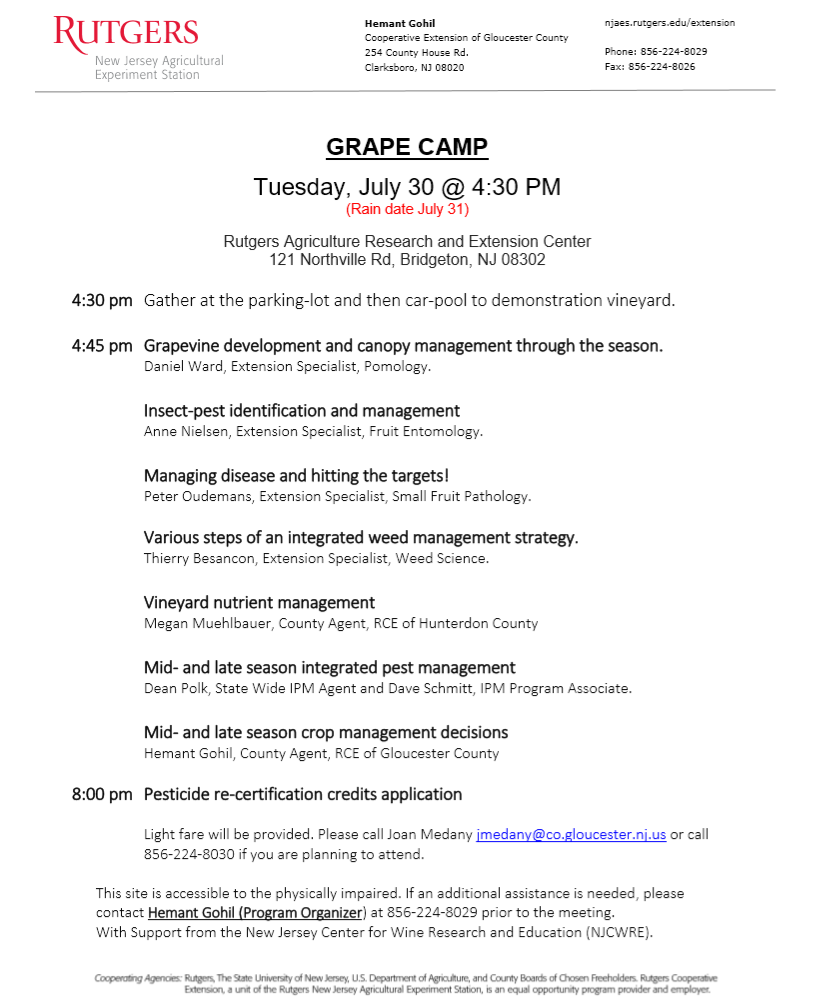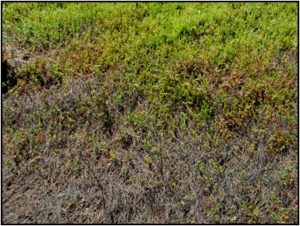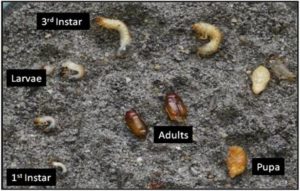This auction sells: lambs, sheep, goats, calves, beef cattle, pigs, rabbits, and all types of heavy fowl. Auctions are held every Tuesday with the first sale beginning at 10:30 am and ending at the last sale 5:30 pm. Hay, straw, grain, and firewood are also for sale.
Farm Fresh Eggs available for purchase by the case (30 doz.) or by the flat (2&1/2 doz.) in the main office Tuesday, Wednesday & Thursday. Also available some Monday’s and Friday’s but please call office first (908)-852-0444.
Click on link for July 9 sale results:



